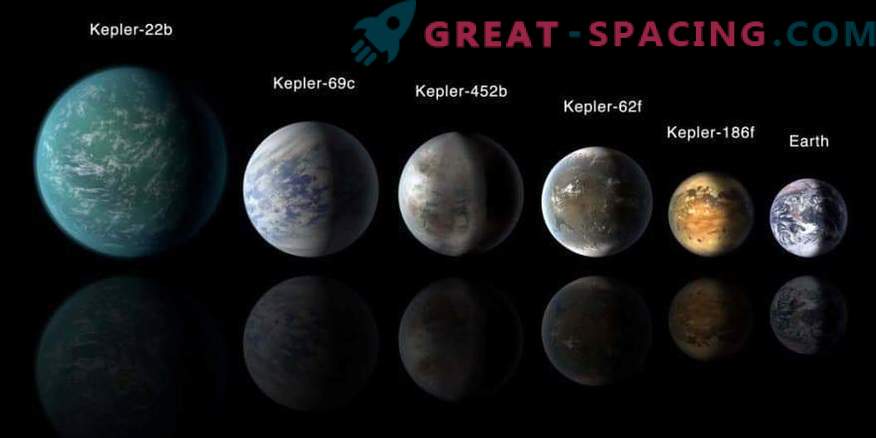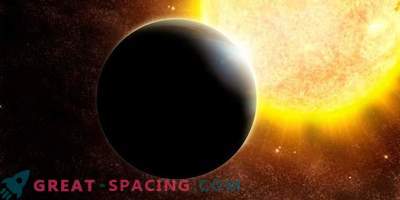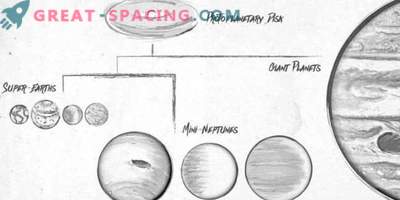
In the latest catalogs there are about 4433 exoplanets. Their radii were usually measured by the radius of the host star and the transit period when the planets covered the starlight with their bodies. Thus, the stellar radius was a key parameter. The latest release of data from the Gaia mission allowed scientists to significantly improve the accuracy of the stellar characteristics in the catalog (with an accuracy of about 8%).
The researchers used the new stellar parameters to clarify the radial dimensions of 4268 exoplanets. A large set of information and updated values allow us to confirm some previous hints about the size distribution of foreign worlds. The point is that it does not act exactly homogeneous, and some parameters are less common than one would expect. For example, not many managed to find planets with a radius of slightly more than twice the Earth. Astronomers use a new database to create an updated classification of exoplanets. The smallest category is represented by worlds less than 4 Earth radii, and within the group there are two subgroups: less than 2 and between 2-4 Earth radii. These little worlds are poor on gas. The second category takes into account planets with 4-10 terrestrial radii that they want to call “transition planets” because they form a bridge between the small class and the big gas giants.
The third group is represented by gas giants (more than 10 Earth radii) filled with hydrogen and helium. These are analogues of Jupiter and sometimes brown dwarfs. The authors believe that the water worlds are likely to be representatives of the category 2-4 earth radii.











































